You have more control than you think

You may have more power over adult scoliosis than you think. Doctors can offer you various treatment options, and there are things you can do to help yourself. Here are five things you might be surprised to hear about adult scoliosis.
Cleveland Clinic is a non-profit academic medical center. Advertising on our site helps support our mission. We do not endorse non-Cleveland Clinic products or services. Policy
When diagnosed with scoliosis, many people fear the only course of action will be major surgery.
“Only a small portion of people with scoliosis require major reconstructive surgery,” says spine surgeon Douglas Orr, MD. “Many people with scoliosis can manage their symptoms just fine without any type of surgery.”
In many cases, treatment for scoliosis is aimed at relieving symptoms rather than fixing the curve in the spine.
Adult scoliosis patients are initially treated as we would treat a patient with a straight spine who has back pain.
Treatment might include physical therapy to strengthen and stabilize the spine. It might also include anti-inflammatory medications or epidural injections to relieve pain.
People who can’t get pain relief from medications or physical therapy might need spinal decompression surgery.
“If you’re considering surgery for scoliosis, talk to your surgeon and find out how many spinal deformity procedures they perform each year,” Dr. Orr says. “You want to make sure your surgery is done by someone who specializes in these types of procedures.”
As you age, your spine begins to deteriorate. As it weakens, it may also begin to curve. Some people may never have any symptoms. Others might experience leg pain, numbness or tingling when walking and/or back pain.
“If you look at a person from the side, you can see that the spine has three natural curves; one in the lower back, one in the middle of the back, and one at the neck. We tend to lose the curve in the lower back as we age. That’s what creates problems and causes symptoms,” says Dr. Orr.
Doctors see two types of scoliosis in adults. One is the type of scoliosis doctors also see in teenagers. This is called idiopathic scoliosis. In some cases, the curve progresses and begins to cause symptoms in adulthood. In other cases, it is not diagnosed until adulthood.
The second common type of scoliosis seen in adults is degenerative scoliosis. In this type, the normal wear and tear on the lower back during the aging process leads to the development of a curve in the spine.
In addition to seeking treatment for scoliosis, there are things you can do at home to reduce your symptoms. “The most important thing you can do is not smoke,” says Dr. Orr.
Smoking is the leading preventable cause of back and neck problems.
Although many people who have scoliosis have been told to limit their activities, Dr. Orr disagrees. “The more physically active people with scoliosis are, the less likely they are to be symptomatic,” he says. If you are overweight, weight loss can also help to reduce scoliosis symptoms. It’s also important to monitor your bone density and seek treatment if you have osteoporosis.
Learn more about our editorial process.
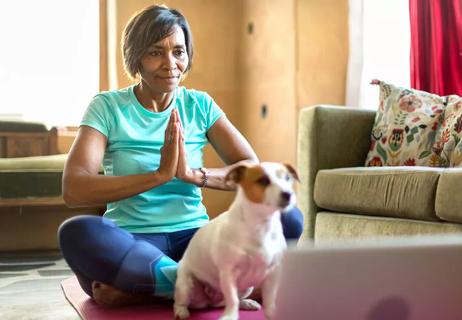
If you have this spinal condition, here’s what you need to know
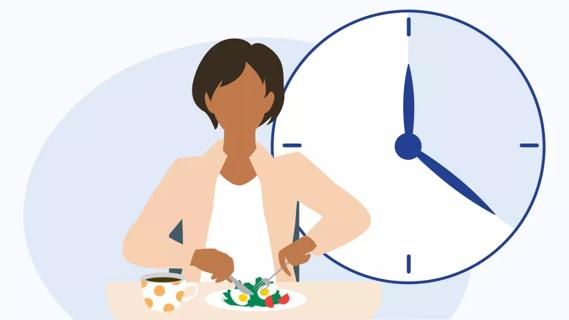
Eating mindfully, sipping water and chewing slowly can help your brain catch up with your stomach

Seizure symptoms can go far beyond convulsions and may include feelings of déjà vu, temporary confusion and unusual movements
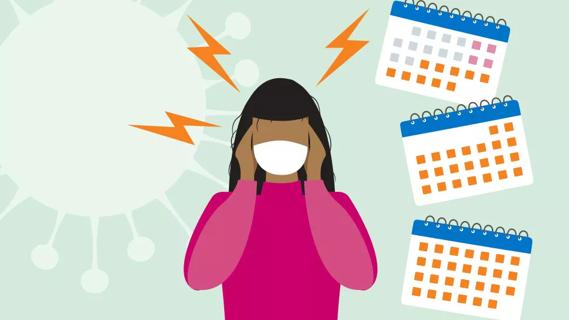
They can feel like a typical headache or a migraine headache, but the pain can last for weeks to months
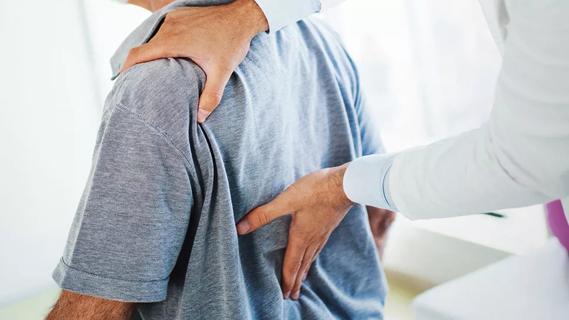
It’s always a good idea to let a healthcare provider know about any back pain you’re experiencing, especially if it results from trauma or persists longer than three months
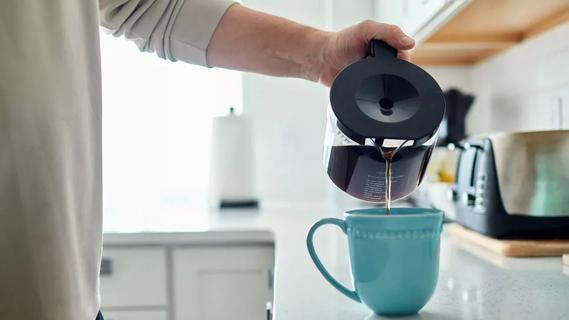
It’s all about the amount — try to stick to 100 to 150 milligrams a day to reduce and prevent a pounding, throbbing head

Even one drink can have an impact on your cognitive function leading to slurred speech, blurred vision and impaired memory

Among the options is a fast-acting medication that offers relief in as little as 15 minutes

Your metabolism may torch 1,300 to 2,000 calories daily with no activity

A gentle touch in all the right places may help drain your sinuses